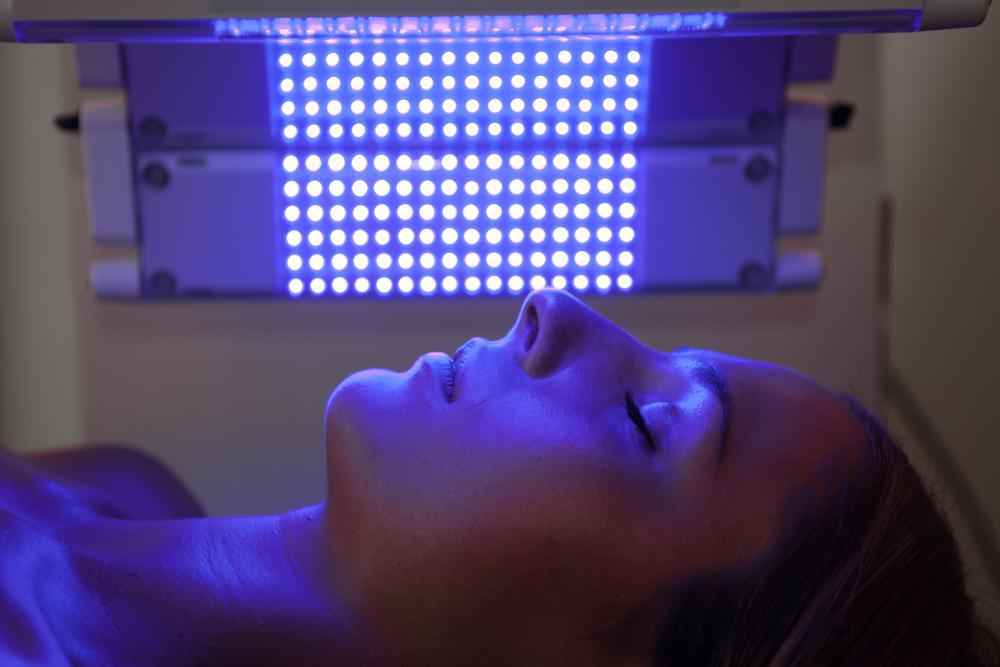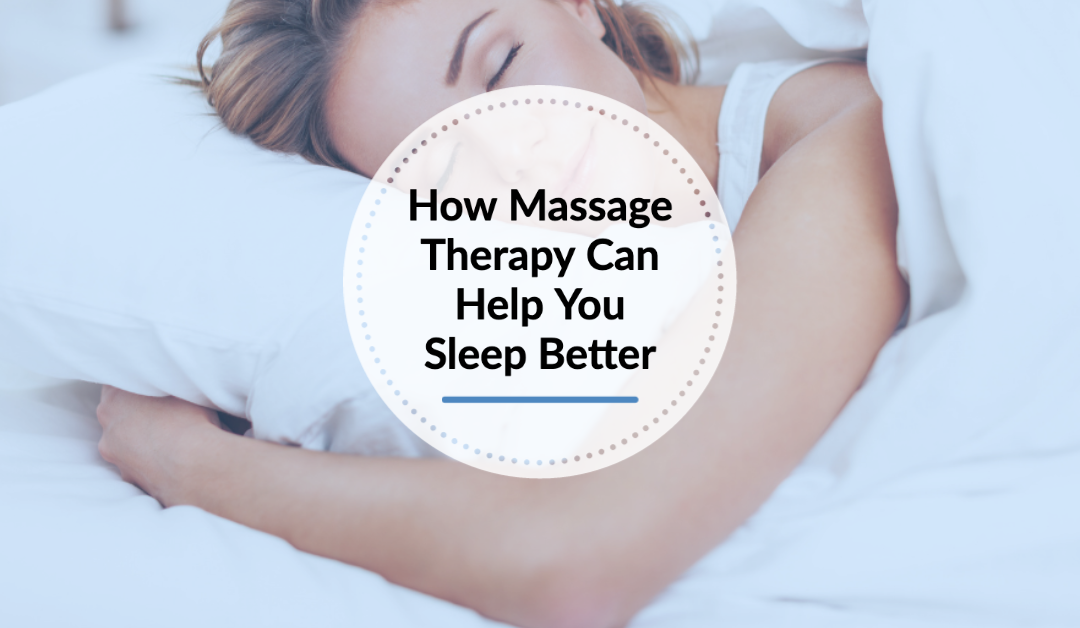Efficient Treatment Solutions for Managing Sleep Disorders and Enhancing Relaxing Rest
In the world of health care, the monitoring of sleep problems and the pursuit for relaxed sleep are critical components of total well-being. Efficient therapy solutions supply a multifaceted approach to tackle these obstacles, varying from cognitive behavioral interventions to all natural practices that promote relaxation and mindfulness. The expedition of different strategies, including the combination of drug and light treatment, opens a realm of possibilities in the search of much better rest top quality. As we browse the complex landscape of sleep problems and look for to enhance our sleep experience, a much deeper understanding of these therapy services may hold the trick to unlocking a much more refreshing and meeting corrective trip.
Cognitive Behavior Treatment for Insomnia (CBT-I)
Cognitive Behavior Modification for Sleeplessness (CBT-I) is an organized, evidence-based therapy strategy that concentrates on resolving the underlying aspects adding to rest disturbances. This kind of therapy intends to customize behaviors and ideas that aggravate sleeplessness, eventually promoting healthy rest patterns. CBT-I generally involves a number of key components, consisting of cognitive treatment, rest restriction, stimulus control, and rest health education.
Cognitive therapy aids individuals recognize and alter negative idea patterns and beliefs regarding sleep that may be preventing their capacity to fall or remain asleep. Sleep limitation includes limiting the amount of time spent in bed to match the individual's real sleep duration, thus boosting sleep effectiveness (sleep improvement therapy). Stimulus control methods help develop a solid organization in between the bed and sleep by urging people to visit bed just when sleepy and to prevent engaging in stimulating activities in bed
Moreover, sleep hygiene education concentrates on establishing healthy rest habits, such as maintaining a consistent rest routine, creating a relaxing bedtime routine, and optimizing the rest setting. By resolving these elements adequately, CBT-I supplies a reliable non-pharmacological intervention for handling sleeping disorders and enhancing general sleep top quality.
Sleep Health Practices
Having established the foundation of cognitive restructuring and behavior alterations in resolving sleeplessness with Cognitive Behavior modification for Sleeplessness (CBT-I), the focus currently shifts in the direction of exploring essential Rest Hygiene Practices for maintaining optimum rest top quality and general well-being.
Sleep health methods include a series of habits and environmental factors that can dramatically influence one's capacity to drop off to sleep and remain asleep throughout the night. Consistent sleep and wake times, creating a relaxing going to bed routine, and optimizing the rest environment by maintaining it dark, silent, and cool are vital elements of good rest health. Limiting direct exposure to displays before going to bed, avoiding stimulants like caffeine close to bedtime, and taking part in normal physical activity throughout the day can likewise advertise much better sleep quality.
Furthermore, exercising leisure techniques such as deep breathing exercises or reflection before bed can assist calm the mind and prepare the body for sleep. By including these rest health methods into one's daily routine, people can establish a healthy and balanced sleep pattern that supports relaxed rest and general wellness.
Leisure Techniques and Mindfulness
Executing relaxation methods and mindfulness practices can play a critical duty in fostering a sense of tranquility and promoting quality rest. insomnia counseling. These strategies aim to silent the mind, reduce stress, and create an optimum setting for restful sleep. One widely exercised technique is deep breathing workouts, where people concentrate on slow, deep breaths to kick back the mind and body. Progressive muscle mass relaxation involves tensing and afterwards launching each muscular tissue team, advertising physical leisure. Additionally, assisted imagery can aid transport individuals to a calm place in their minds, helping in tension reduction and improving rest top quality.
Mindfulness methods, such as meditation and yoga, are additionally effective in promoting leisure and enhancing rest. Mindfulness encourages individuals to remain existing in the moment, allowing go of stress over the past or future. By integrating these techniques right into a going to bed routine, people can signal to their bodies that it is time to prepare and relax for sleep. Overall, integrating relaxation methods and mindfulness techniques can significantly add to handling rest disorders and boosting total rest high quality.

Medication Options for Sleep Disorders
After discovering leisure strategies and mindfulness methods as non-pharmacological interventions for enhancing rest quality, it is important to consider medication options for people with rest disorders. In instances where way of living changes and treatment her response do not supply adequate alleviation, medicine can be a beneficial tool in taking care of sleep disturbances.
Frequently prescribed medicines for rest problems consist of benzodiazepines, non-benzodiazepine hypnotics, antidepressants, and melatonin receptor agonists. Benzodiazepines, such as diazepam, are sedatives that can aid cause rest, yet they are commonly suggested for short-term use due to the danger of reliance. Non-benzodiazepine hypnotics like zolpidem are likewise utilized to deal with sleeping disorders and have a lower risk of dependence compared to benzodiazepines. Antidepressants, such as trazodone, can be helpful for individuals with co-occurring anxiety and rest disruptions. Melatonin receptor agonists, like ramelteon, target the body's all-natural sleep-wake cycle and can be helpful for regulating rest patterns.
It is essential for individuals to seek advice from a healthcare company to identify one of the most appropriate medication alternative based on their specific sleep problem and medical history.
Light Therapy for Circadian Rhythm Law
Light treatment, likewise called photo-therapy, is a non-invasive therapy method utilized to manage body clocks and improve sleep-wake cycles. This therapy entails exposure to intense light that simulates all-natural sunlight, which aids to reset the body's body clock. By exposing people to details wavelengths of light, generally in the early morning or evening depending on the desired effect, light therapy can properly adjust the circadian rhythm navigate to these guys to promote wakefulness throughout the day and improve relaxing rest at night.
Research study has shown that light therapy can be particularly advantageous for individuals with circadian rhythm disorders, such as postponed sleep phase disorder or jet lag. It can additionally be valuable for those experiencing seasonal depression (SAD), a sort of clinical depression that usually takes place during the winter season when natural light direct exposure is decreased. Light therapy is typically well-tolerated and can be made use of together with other treatment techniques for rest conditions to optimize results and enhance general sleep high quality.
Verdict
Finally, efficient treatment services for taking care of sleep problems and enhancing peaceful rest include Cognitive Behavior modification for Sleep Problems (CBT-I), sleep health practices, relaxation strategies and mindfulness, medication alternatives, and light treatment for body clock law. These strategies can assist people boost their sleep high quality and overall wellness. It is necessary to speak with a doctor to figure out one of the most suitable strategy for attending to sleep problems.
As we navigate the intricate landscape of sleep disorders and look for to boost our sleep experience, a much deeper understanding of these therapy remedies might hold the secret to opening an extra relaxing and restless leg pain fulfilling corrective journey.
Sleep constraint involves limiting the amount of time spent in bed to match the individual's real sleep duration, consequently enhancing rest effectiveness. Constant rest and wake times, creating a relaxing bedtime routine, and optimizing the rest setting by keeping it dark, silent, and cool are crucial parts of excellent sleep hygiene. Light therapy is usually well-tolerated and can be made use of in combination with various other therapy methods for rest conditions to enhance end results and enhance general sleep quality.
